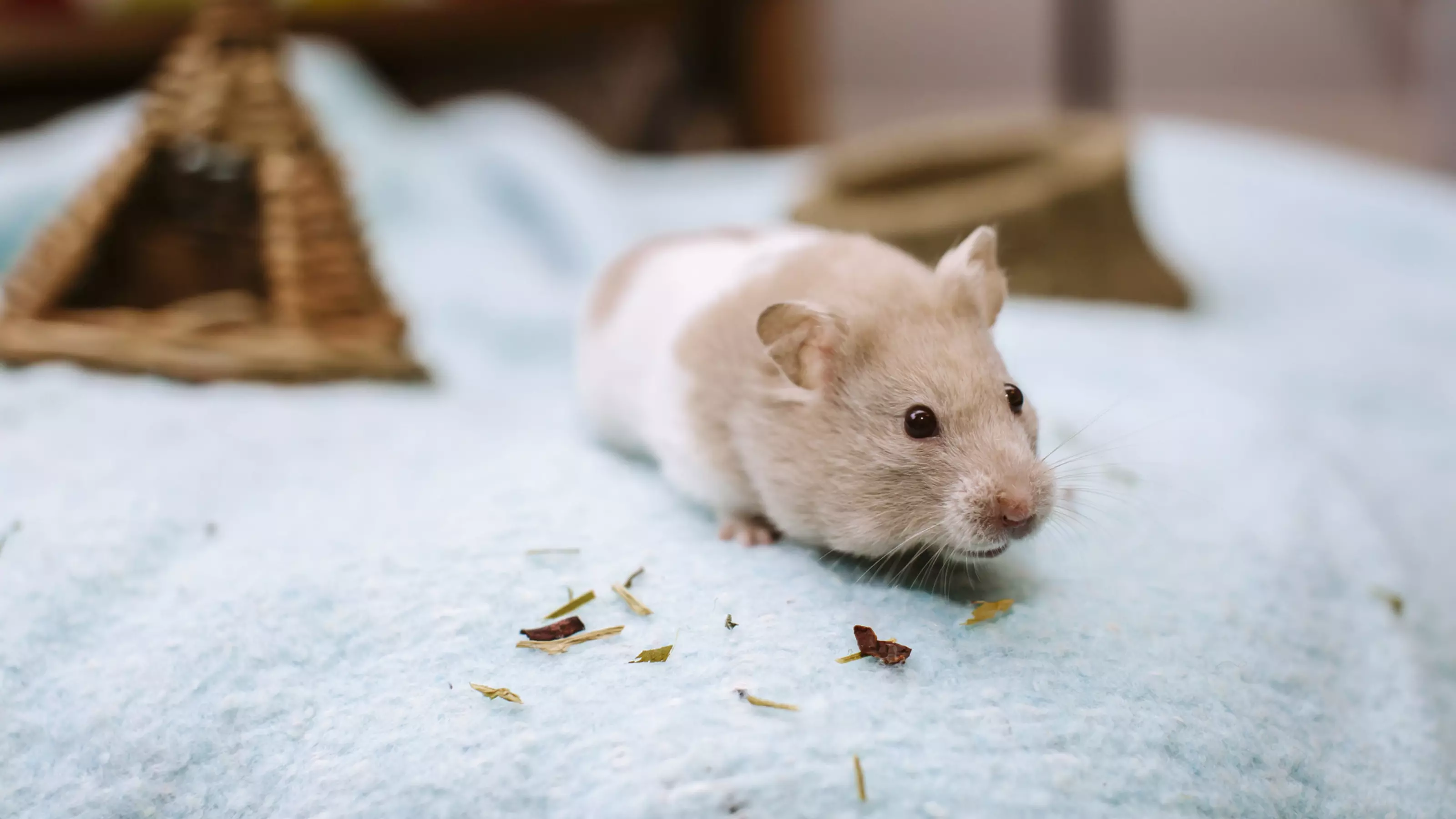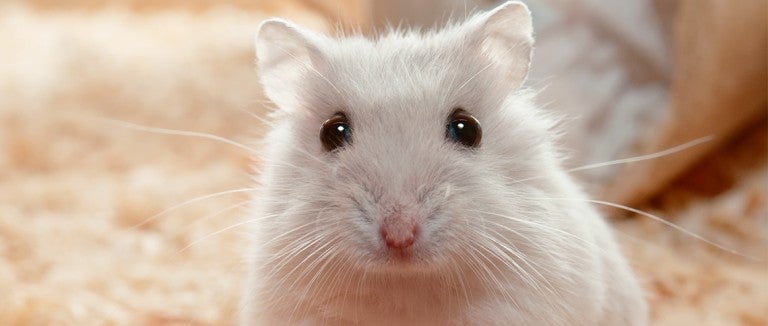Best Hamster for Learning Responsibility
Choosing the right pet can be an essential aspect of teaching children responsibility. Hamsters, in particular, are popular choices for young pet owners due to their manageable size, care requirements, and cute demeanor. This article explores the best hamster breeds for teaching kids about responsibility, care tips, and the invaluable life lessons that come with hamster ownership.
Why Choose Hamsters for Kids?
Hamsters make fantastic pets for children due to their affectionate nature and small size. They are relatively low-maintenance, which means they won’t overwhelm a young pet owner. These adorable creatures can help instill a sense of **responsibility** in children as they learn to care for and nurture them. Hamsters typically have a lifespan of 2-3 years, making them a suitable commitment for a child’s first pet.
The Benefits of Hamster Ownership
Owning a hamster comes with numerous benefits, including promoting emotional well-being, teaching the importance of routine, and encouraging empathy. When children care for a hamster, they learn essential skills such as feeding, cleaning, and monitoring your pet’s health. Moreover, they get to experience the joy of companionship, which can be significantly rewarding.

Types of Hamsters Suitable for Kids
When selecting a hamster for your child, consider breeds known for their friendly demeanor and suitability for beginners. The **Syrian hamster** is a prime choice due to their large size, which makes them easier to handle compared to smaller breeds. They also tend to be solitary, meaning they enjoy the company of humans more than other hamsters, reducing any complications from needing to house multiple hamsters together.
Understanding Hamster Care
Taking care of a hamster requires commitment and consistency. Teaching your child how to properly handle a hamster is crucial. This includes knowing how to hold the hamster gently, avoiding sudden movements, and ensuring that their living environment is safe. Emphasizing the importance of routine check-ups, feeding schedules, and cleaning tasks can provide a comprehensive learning experience for your child.
Daily Care Essentials for Hamsters
Your child should learn how to provide daily care, including food, water checks, and cleaning the cage. Hamsters thrive on a balanced diet of pellets, fresh fruits, and vegetables. Introduce your child to the **importance of nutrition** in pet care while being mindful of which foods are safe. Ensure they understand the signs of illness, such as lethargy or lack of appetite, fostering keen observation skills.
Creating a Comfortable Habitat
Setting up the right home for a hamster is vital. Discuss with your child how to select the appropriate cage size, bedding, and toys for enrichment. A larger cage reduces the risk of boredom, allowing the hamster to explore and stay active. Explain the significance of hygiene and cleanliness in maintaining a healthy environment.

Teaching Responsibility Through Hamster Care
Taking on the responsibility of caring for a hamster teaches children valuable life skills. Here are some actionable tips on how to guide them through the experience:
Regular Supervised Interaction
Encouraging regular playtime with the hamster can strengthen the bond between your child and their pet. Supervise these sessions to ensure both the child and the hamster feel comfortable and safe. Use this time to teach your child about **gentle handling techniques** and recognizing the hamster’s body language. By understanding when a hamster feels scared, your child learns empathy and patience.
Involve Them in Health Checks
Encouraging your child to participate in health checks teaches them to take a proactive approach to care. Show them how to look out for common health issues, including signs of stress or unease. You can turn it into a fun learning session by discussing what makes hamsters happy or unhappy, reinforcing care and attention towards the furry friend.
FAQs
1. What is the easiest hamster breed for kids?
The **Syrian hamster** is generally considered the easiest breed for children. They are larger, easier to handle, and tend to have a gentle disposition, making them perfect first pets for kids learning about responsibility.
2. How often should I clean my hamster’s cage?
Cleaning your hamster’s cage should occur at least once a week, although spot cleaning should be done daily to maintain a hygienic environment. Teach your child the importance of regular upkeep in preventing odor and ensuring the hamster’s health.
3. Can hamsters be kept in pairs?
Hamsters are territorial animals, especially Syrian hamsters, which prefer to live alone. However, some dwarf hamster species can coexist peacefully. It’s crucial to research specific breeds to determine the best living conditions conducive to companionship.
4. What do hamsters eat?
Hamsters thrive on a balanced diet of high-quality pellets, fresh fruits, and vegetables. Educating your child on safe food choices is essential to promote good nutrition and avoid health issues.
5. How can I help my child bond with their hamster?
Encourage your child to spend supervised time with their hamster daily, gradually increasing the duration. Playing, hand-feeding, and gentle petting can significantly improve their bond, creating a positive experience for both the pet and the child.
6. What should I do if my child is afraid of the hamster?
If your child is afraid, it’s essential to take gradual steps to lessen their fear. Start by supervised observations, demonstrating gentle interactions. Using treats can help them associate the hamster with positive experiences over time.
Key Takeaways:
- Syrian hamsters are great for teaching kids about responsibility due to their gentle nature.
- Daily care routines include feeding, cleaning, and health monitoring.
- Making regular time for supervised play can strengthen the inter-species bond.
In conclusion, owning a hamster isn’t just fun; it’s an educational journey that fosters responsibility, empathy, and nurturing skills in children. By choosing the right hamster and establishing a tailored care routine, parents can guide their children through this rewarding experience, creating lasting memories along the way.
Ready to embark on this journey with your child? Explore pet adoption options today, or seek more information about responsible pet care!
